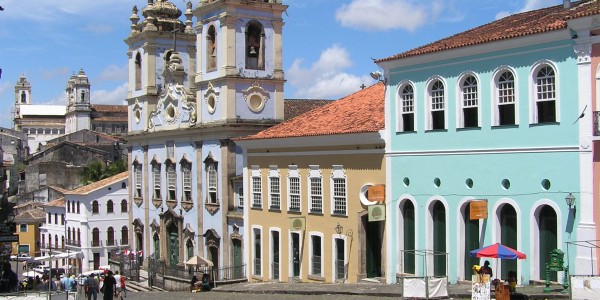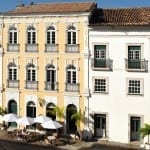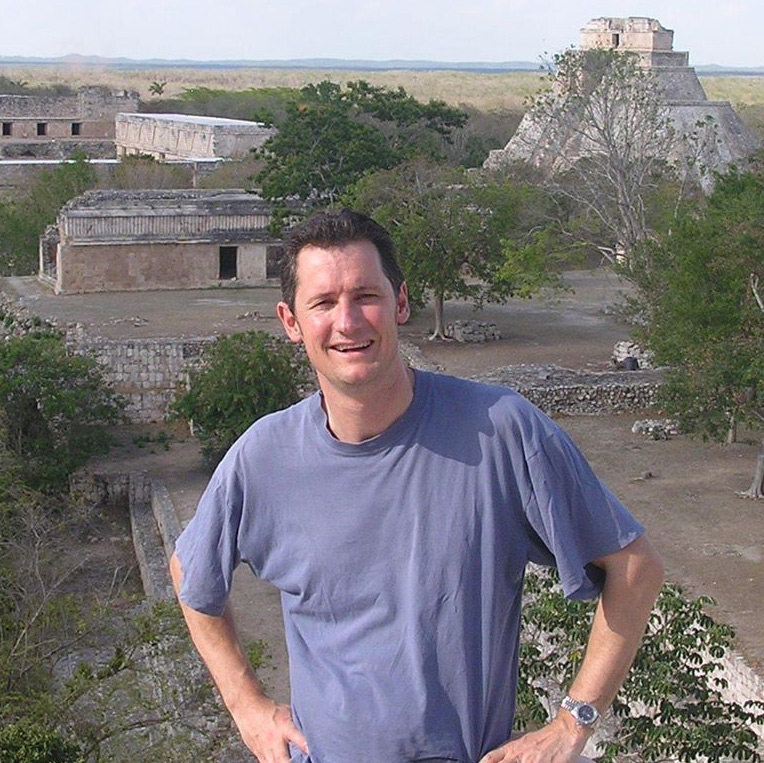When the Portuguese fleet was sent to set up government in Brazil in the 16th Century it was in Salvador in the Bay of Todos Los Santos that they chose to land and as a result, this charming city became Brazil’s first capital and the second most important city in the Portuguese Empire after Lisbon itself.
Salvador
Why visit Salvador ?
- Stroll along the cobbled streets and past the multi- coloured houses of Pelourinho
- Soak up the colour and music at the Salvador Carnival, Brazil’s second largest
- Be dazzled by the sumptuous gold decoration of the San Francisco church
- Discover the city’s rich African heritage, folklore and tropical cuisine
- Wear a coloured ribbon at Senhor Bonfim church to ensure a wish comes true
Between the 16th and 18th Centuries, Salvador witnessed the blending of European, African and American Indian cultures and the wealth from the exportation of gold and the huge sugarcane and tobacco farms resulted in a period of extraordinary prosperity and the city became famous for its opulent mansions, beautiful Baroque churches and pretty cobbled streets, which still litter the city to this day. The darker side of this colonial legacy was the thousands of slaves imported from the Portuguese colonies in Africa to work on the sugar plantations, but over the centuries the black population thrived and Salvador, despite losing its economic and political importance, still retains its unique African soul with a rich and vibrant tradition of music, dance, folklore and culinary delights.
The religion and mysticism that are so much a part of Bahian life are reflected in the name Salvador, which means ‘saviour’ and the city has 365 churches, one for each day of the year, illustrating the strength of religious feeling here.
The historic centre of the colonial city, known as the Pelourinho has been beautifully restored over recent years and some of the highlights are the brightly coloured houses, often decorated with fine stucco-work and the many stunning baroque churches such as the church and convent of Sao Francisco (Saint Francis) dating back to 1723. The church of Sao Francisco has some beautiful roof paintings by Franco Velasco. However, the most popular church is that of Senhor do Bonfim, a rococo gem, where every year, Bahians in traditional costume.
LOCATION
BRAZIL KEY INFO
Visa
No Visa is required for UK passport holders.
Health Requirements
No mandatory vaccinations are required.
Time Difference
GMT - 3 Hours (Sao Paulo & Rio de Janeiro) Other parts of the country do vary.
Flight Time
11.5 hours Direct
NEWSLETTER SIGNUP
Keep up-to-date with the latest travel trends, inspiration for future trips and competitions to win luxury travel vouchers.
Subscribe























